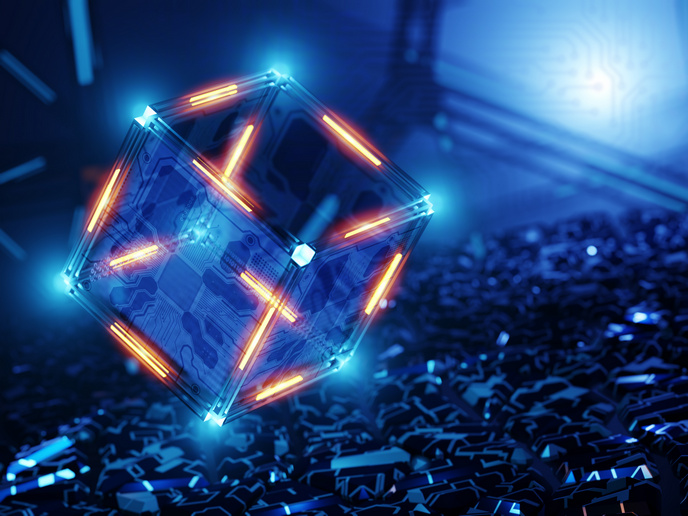Superconducting qubits: quantum computing gets connected
Conventional computers process information with a bit that represents a 0 or a 1. Qubits, on the other hand, have the unique ability of representing a 0, 1, or both simultaneously. This quirk means qubits can store and process data at the same time. Quantum computers are therefore able solve parallel tasks using less time and memory than conventional computers. Understanding the relationship between qubits led researchers at the EU-funded SQUID project to create a detector that measures the spectroscopy and relaxation time of a flux qubit. A flux qubit is a micrometre-sized loop of superconducting metal interrupted by a number of Josephson junctions - i.e. two superconductors separated by a non-superconducting barrier. The detection is based on a Josephson inductance of a DC- superconducting quantum interference device - a so-called DC-SQUID. The scientists obtained a relaxation time of about 80 microseconds, a superior result under the circumstances. Normally, measuring flux qubits under these conditions would damage the underlying structure. But researchers at SQUID were able to implement a non-destructive method for the readout of a persistent current flux qubit. The detector will enable future researchers to better understand the relation between quantum measurements and decoherence - the lifetime of a qubit. Quantum physics applied to computing will disclose properties and possibilities never before encountered through conventional computing. The scientists at SQUID have taken us one step further.







